With new AI tools being released so frequently, it's difficult to know which ones are worth your time. There's a learning curve associated with any new software, and it's frustrating to learn to use something only to find it doesn't quite work as you'd hoped. SciSpace is an AI-powered tool focused on making research papers more accessible. It can explain complex academic texts and identify related papers, cutting researchers' time trawling the internet. We'll look at SciSpace in detail and also discuss useful alternatives, so make sure you stick around to find out more.
Part 1: All About SciSpace
Let's start by getting an overview of the tool.
We'll take a look at its main features, check out the pricing, and then put it through its paces so you can get a feel for how it works.
What does SciSpace do?
When you're trying to get an overview of the literature in a particular area, there's often a lot of dense, academic writing to wade through, and that can easily eat up a lot of your time. SciSpace aims to reduce the time spent on tasks like this, freeing you up to do the work only you can do.
There are two main ways to use SciSpace, their website, and their Chrome extension.
Web:

Google Extension:

Notice
Windows • macOS • iOS • Android 100% secure
Main features of SciSpace
- Helps you understand complex texts. Simply highlight the relevant section and allow SciSpace to summarize or explain it for you.
- Go deeper into a topic by asking follow-up questions to help you engage with the text.
- Format research papers easily and preview them before publishing.
- Use the 'track changes' feature to collaborate on projects, and take advantage of SciSpace's suggestions to improve your work.
- Plagiarism and AI detection.
- Citation generator that lets you create a citation in any popular format.
Is SciSpace free to use?
SciSpace's Basic plan is free, but as you'd expect it comes with limitations on the number of searches and outputs available. The free plan is the best way to get started though, as it's more than enough for you to see how the tool performs.
If you decide to upgrade to the Premium plan, it currently costs $12 per month. The paid plan removes limits on the number of outputs, offers enhanced answers, and provides early access to new features.

Trying it out
The best way to learn about a new tool is to play with it for yourself, so that's exactly what we've done. SciSpace offers a list of suggestions on its home page, making it easy to experiment.

We clicked on the first question, "How does climate change impact biodiversity?" You can also use the search field to find papers on any topic.
The next screen opens with "insight from top 5 papers", which gives a broad overview of the literature, with footnotes linking to each research paper.

Scrolling down, you come to a chart with brief details about the papers, titles, authors, links, etc. in one column. Then the second column has one or two sentences summarizing the main insights from each paper.

For each paper, you can click on the 'Ask Copilot' button. This gives you the chance to ask various questions. There is a list of suggested questions and a text box where you can type your own.
We selected, "Are there any future research directions or unanswered questions suggested by these papers?" This brought up a bulleted list of related points, which would be useful to those planning their own research, or looking to find papers to fill in gaps.

Clicking into an individual research paper allows you to interrogate that paper in a similar way. You can ask SciSpace Copilot to summarize the paper, explain the Abstract in two sentences, or outline the main conclusions from the paper, for example. Again, there's a pre-populated list of examples for questions you could ask, and also the option to ask things in your own way.
While you're looking at AI summarizing tools, you might want to check out our another post - GPT-powered research paper summarizer, which compares ChatGPT with UPDF.
Based on this brief exploration of the main features, SciSpace is a tool that can reduce the time spent on initial reading around a topic. Obviously, no AI tool can remove the need to read papers yourself. It's important not to rely on such tools too heavily. However, as a way to get a basic overview of the literature around a topic, SciSpace works well.
Using the SciSpace Copilot Chrome extension
The SciSpace Chrome extension works in a similar way to the main tool, except that it can be used anywhere on the internet.
Once you've installed the extension, simply click the SciSpace button in your toolbar. Doing this will bring up a new pane allowing you to ask SciSpace to perform various actions. Once again, they provide a selection of options and a text box for you to write your own questions.
Here's the same climate change paper as was referenced above, but located on a separate website. As you can see, you have the same range of options here.

In addition, you can highlight text within the article and ask SciSpace to explain it. Here's what happened when we asked for an explanation of the term "greenhouse gases".

Having the SciSpace Copilot extension in your browser makes it easy to engage with whatever you're reading.
Using SciSpace to help you write
In addition to the reading functions detailed above, SciSpace can help you with writing and formatting your own papers. SciSpace's Typeset editor lets you type your research directly into the tool and boasts a range of features to make your life easier. For example, it can format equations and can create bibliographies in a variety of styles. The editor has thousands of journal templates to choose from, making it easy to format text appropriately. You can also choose to import your paper from MS Word, and then use the formatting tools.
We've got advice elsewhere on the blog for how to write a conclusion for a research paper which goes into detail on how best to approach this task both in the traditional way, and with AI assistance. It's worth a look if you're in the writing phase right now.
UPDF AI is another option
While you're investigating AI tools to help with understanding research papers, you won't want to miss looking at UPDF AI. This software, as we'll see below, offers a similar range of options. It can summarize complex texts quickly for you so that you can assimilate information without having to spend hours plowing through academic papers.
If you're keen to dig in and see how UPDF could work for you, why not download it now and explore it for yourself?
Windows • macOS • iOS • Android 100% secure
Part 2: Using UPDF AI as a SciSpace Alternative
As we hinted at above, UPDF's AI feature can help you with both reading and writing research papers. It's a great alternative to SciSpace and comes in at a lower price as well. SciSpace is $12 per month for the Premium plan, whereas UPDF AI is $29 per quarter ($9.6 per month).
Let's see how UPDF holds up in comparison to SciSpace, using the test process detailed above.
We downloaded the climate change paper as a PDF, opened it in UPDF, and then clicked the AI button marked on the screenshot to open the AI tools.
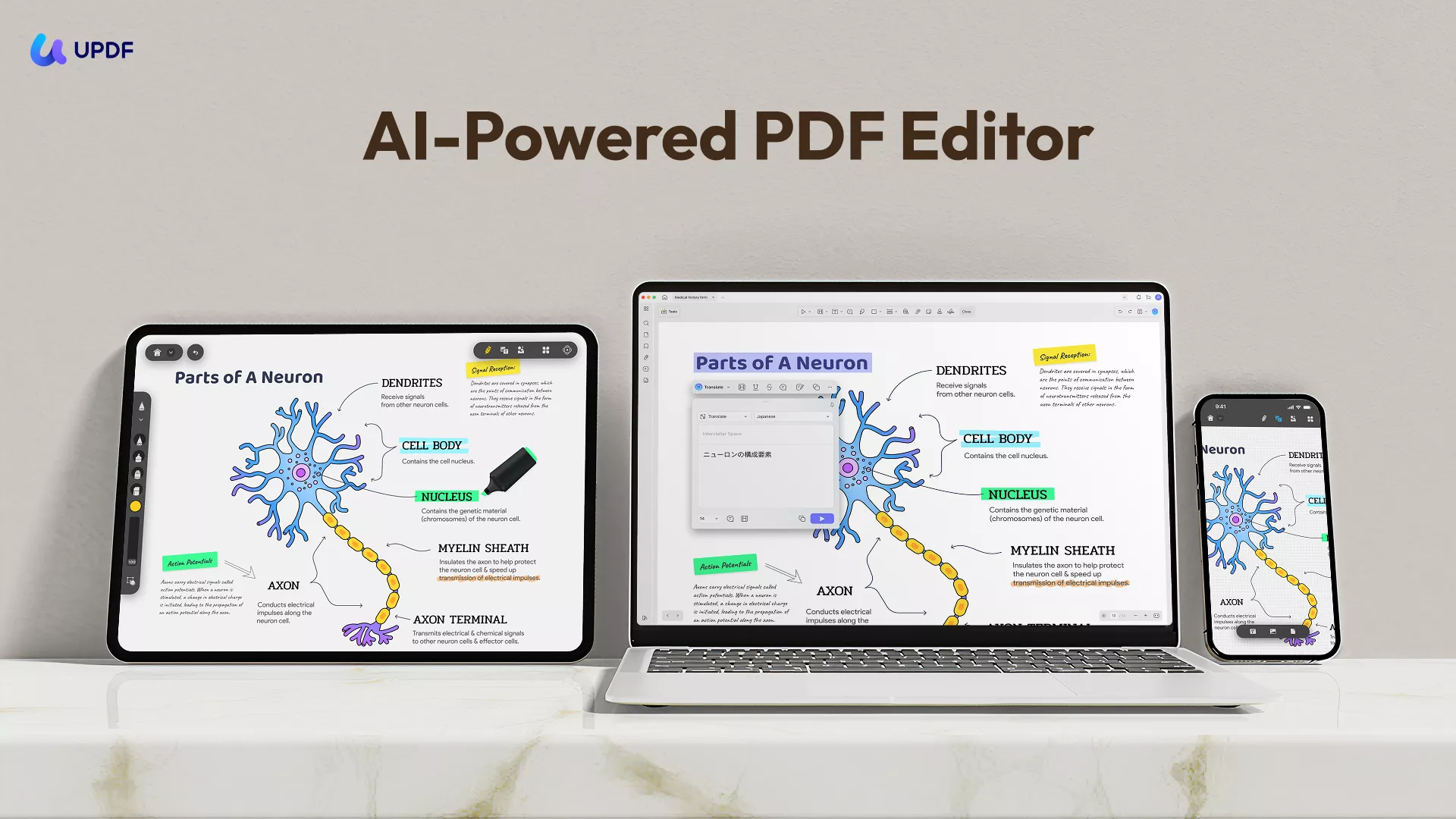
Selecting 'Ask PDF' and clicking the 'Get Started' button prompts UPDF to generate a summary of the whole paper.
It gives you an explanation of the abstract, and then bulleted points to summarize each section of the paper. UPDF also provides questions at the end to help you check your understanding of what you've read.
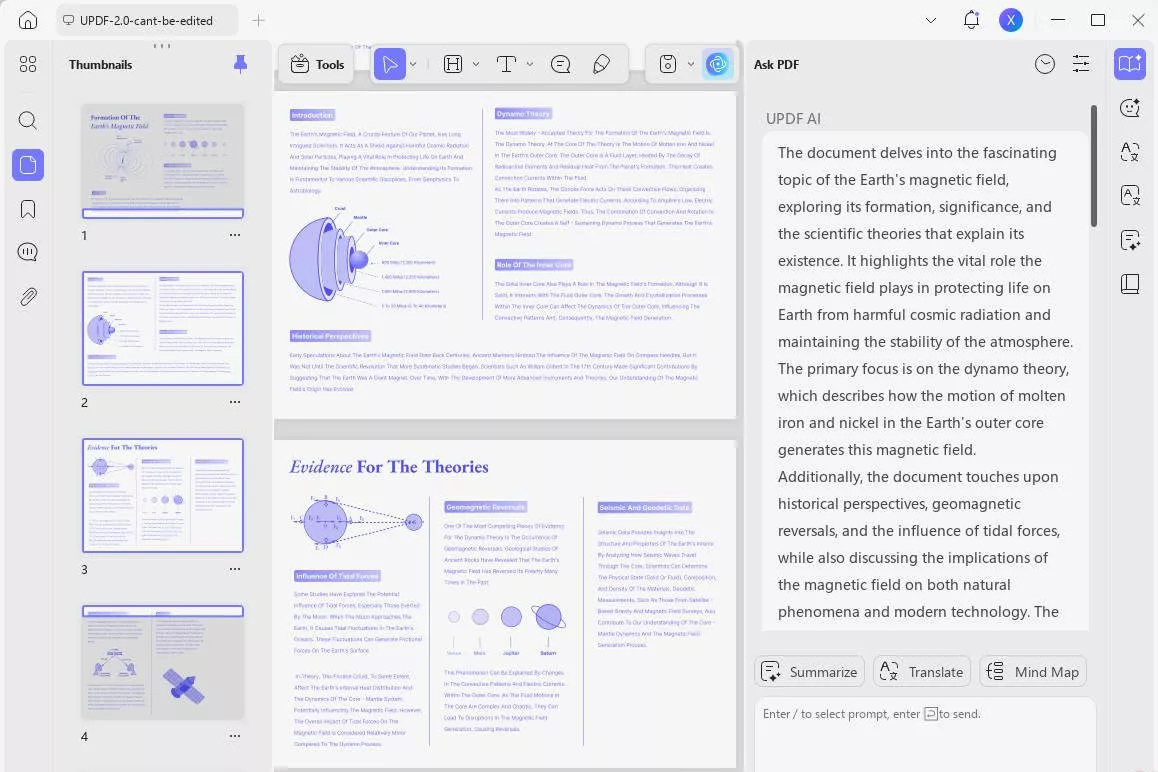
UPDF's summary was more thorough and more accessible than that provided by SciSpace.
Next, we asked UPDF the same question as we did SciSpace, "Are there any future research directions or unanswered questions suggested by these papers?" You can see the AI response in the screenshot below. UPDF AI works by answering questions based on the summary it has generated, rather than on the research paper as a whole.
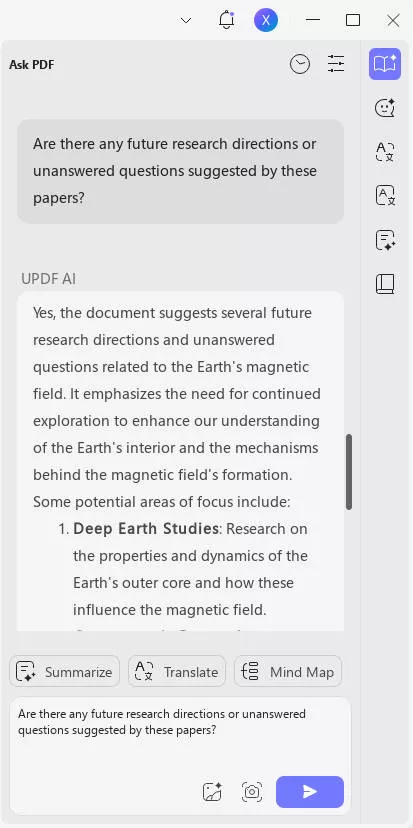
Depending on your needs, this can be helpful, since the answer is clear and easy to understand, related just to the main tenets of the paper.
UPDF can help you read and understand research papers quickly and easily. Most sites allow you to download academic texts in PDF form, allowing you to open them directly into UPDF.
If you don't have the paper in PDF format, UPDF allows you to create PDFs from a range of file types. This means that it's a simple process to import any research paper into UPDF.
Once the document is open in UPDF it's easy to use the 'Ask PDF' feature to summarize, translate, or explain the document.
It's also a powerful tool when it comes to writing your research paper since the AI feature can assist with rewriting, grammar checking and more. Click on here to watch videos about leveraging UPDF's AI assistant with simple tips and detailed steps to boost efficiency.
It's free to download UPDF and try out the AI features, so there's no risk in giving it a try for your current project.
Windows • macOS • iOS • Android 100% secure
To know more about what UPDF AI can do for you, you can watch the below video:
Part 3: Comparing SciSpace PDF reading and UPDF
So, how do these two tools stack up side by side? Let's see what the free and paid plans of both SciSpace and UPDF have to offer, and assess which one is the best value.
The table below shows both free and premium plans and lists the features and limitations of each so you can make an informed decision.
| Pricing Plan | Features | SciSpace | UPDF AI |
| Free Plan | File size | 100 MB / file | 10 MB / file |
| No. of pages per file | 100 | 100 | |
| No. of uploads | No limit mentioned | 3 | |
| No. of questions | No limit mentioned | 30 | |
| Supported formats | .pdf, .docx, .doc | .pdf, .docx, .doc, .ppt, .xlsx, and .vsdx(Windows & Mac version, drag and drop to UPDF) | |
| Offline functionality? | |||
| PDF annotation | |||
| PDF editing | |||
| Pro Plan | Cost | $144 / year | $29 / quarter; $79 / year |
| File size | No limit mentioned | 2 GB / file | |
| No. of pages per file | No limit mentioned | 1000 | |
| No. of uploads | No limit mentioned | unlimited | |
| No. of questions | No limit mentioned | unlimited | |
| Supported formats | .pdf, .docx, .doc | .pdf, .docx, .doc, .ppt, .xlsx, .vsdx, and image.(Windows & Mac version, drag and drop to UPDF) | |
| Offline functionality? | |||
| PDF annotation | |||
| PDF editing |
In Conclusion
UPDF AI and SciSpace are both powerful AI tools that can help you create, read, and engage with research papers. SciSpace is entirely research-focused. It specializes in scientific and academic documents. UPDF is a complete suite of tools for working with PDF documents, and the addition of the AI package can help you engage with any text more effectively, not just scientific papers.
UPDF's features also make it better than SciSpace when it comes to collaborating on projects. The ability to highlight and annotate text makes a joint editing process far more efficient.
Take some time now to look at UPDF AI and see how it can help you. It's easy to see that updf is not only more affordable but also more powerful. What's more, UPDF is offering a massive discount, so download and purchase UPDF AI Paid Version now!
Windows • macOS • iOS • Android 100% secure
 UPDF
UPDF
 UPDF for Windows
UPDF for Windows UPDF for Mac
UPDF for Mac UPDF for iPhone/iPad
UPDF for iPhone/iPad UPDF for Android
UPDF for Android UPDF AI Online
UPDF AI Online UPDF Sign
UPDF Sign Edit PDF
Edit PDF Annotate PDF
Annotate PDF Create PDF
Create PDF PDF Form
PDF Form Edit links
Edit links Convert PDF
Convert PDF OCR
OCR PDF to Word
PDF to Word PDF to Image
PDF to Image PDF to Excel
PDF to Excel Organize PDF
Organize PDF Merge PDF
Merge PDF Split PDF
Split PDF Crop PDF
Crop PDF Rotate PDF
Rotate PDF Protect PDF
Protect PDF Sign PDF
Sign PDF Redact PDF
Redact PDF Sanitize PDF
Sanitize PDF Remove Security
Remove Security Read PDF
Read PDF UPDF Cloud
UPDF Cloud Compress PDF
Compress PDF Print PDF
Print PDF Batch Process
Batch Process About UPDF AI
About UPDF AI UPDF AI Solutions
UPDF AI Solutions AI User Guide
AI User Guide FAQ about UPDF AI
FAQ about UPDF AI Summarize PDF
Summarize PDF Translate PDF
Translate PDF Chat with PDF
Chat with PDF Chat with AI
Chat with AI Chat with image
Chat with image PDF to Mind Map
PDF to Mind Map Explain PDF
Explain PDF Scholar Research
Scholar Research Paper Search
Paper Search AI Proofreader
AI Proofreader AI Writer
AI Writer AI Homework Helper
AI Homework Helper AI Quiz Generator
AI Quiz Generator AI Math Solver
AI Math Solver PDF to Word
PDF to Word PDF to Excel
PDF to Excel PDF to PowerPoint
PDF to PowerPoint User Guide
User Guide UPDF Tricks
UPDF Tricks FAQs
FAQs UPDF Reviews
UPDF Reviews Download Center
Download Center Blog
Blog Newsroom
Newsroom Tech Spec
Tech Spec Updates
Updates UPDF vs. Adobe Acrobat
UPDF vs. Adobe Acrobat UPDF vs. Foxit
UPDF vs. Foxit UPDF vs. PDF Expert
UPDF vs. PDF Expert


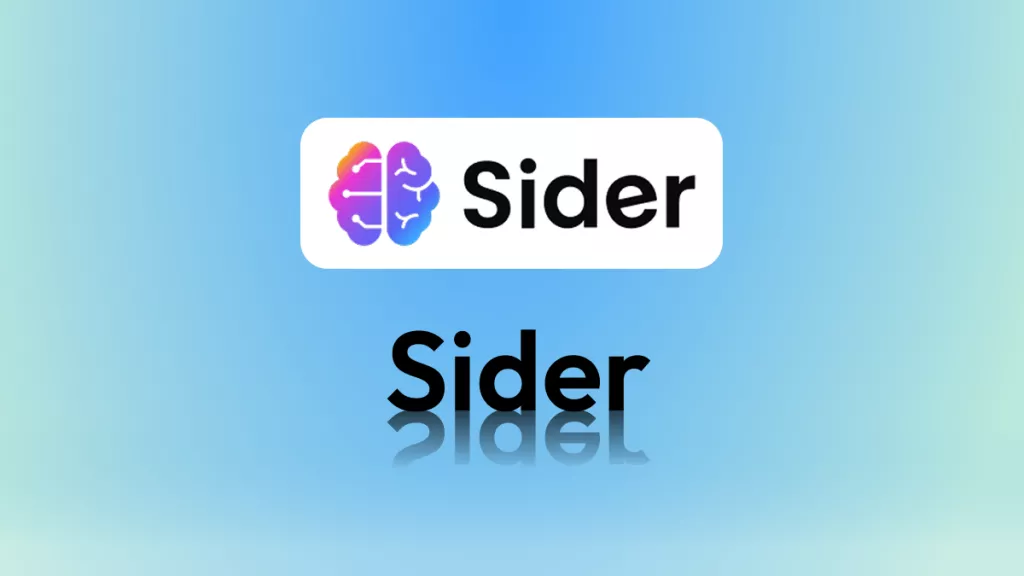

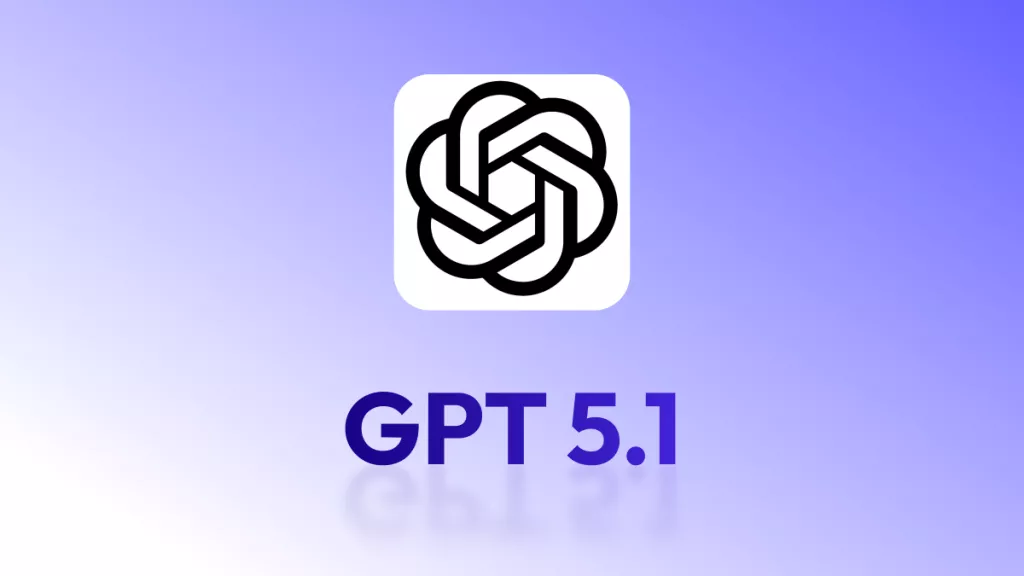
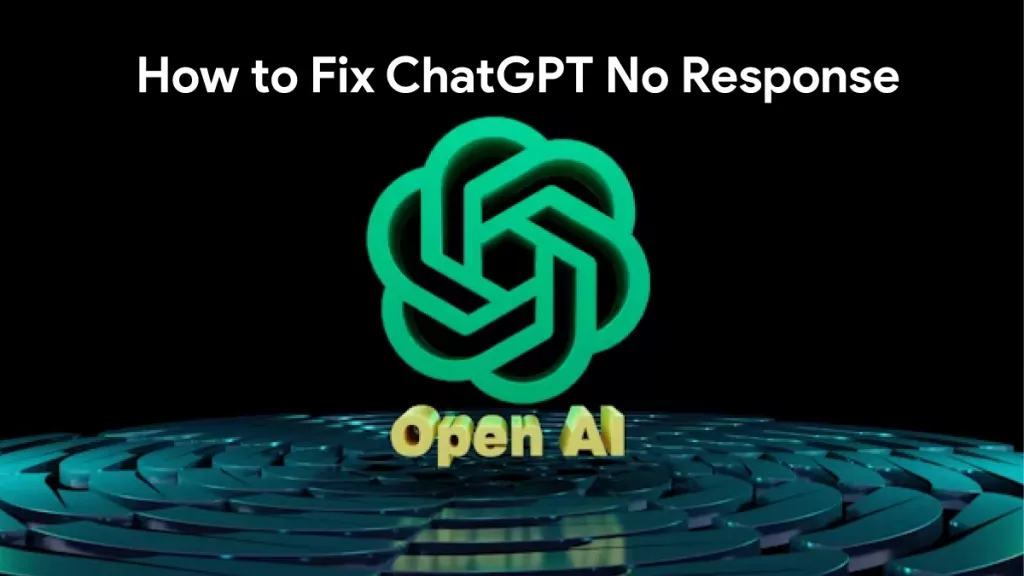

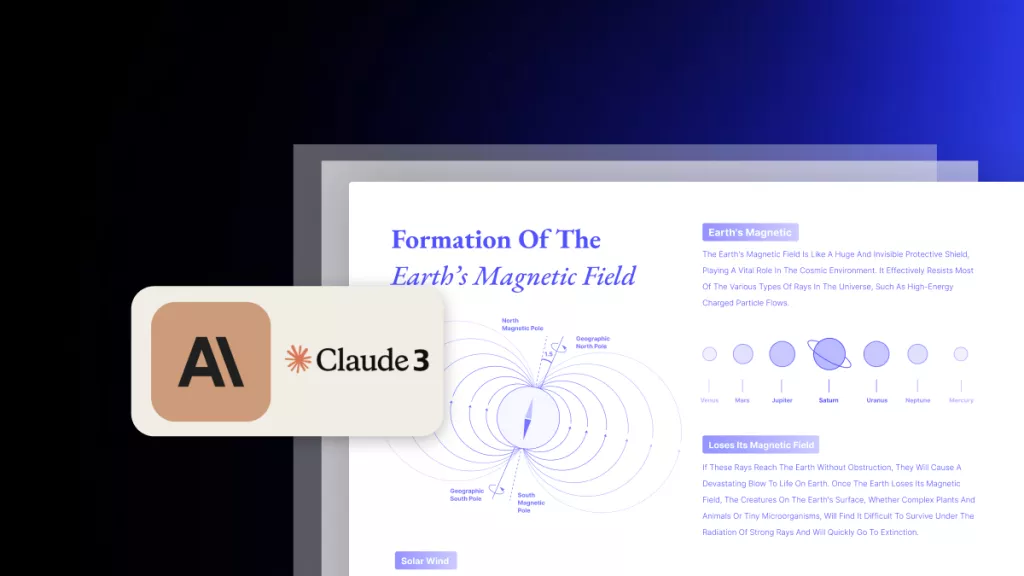
 Engelbert White
Engelbert White 
 Enrica Taylor
Enrica Taylor 
 Enola Miller
Enola Miller 
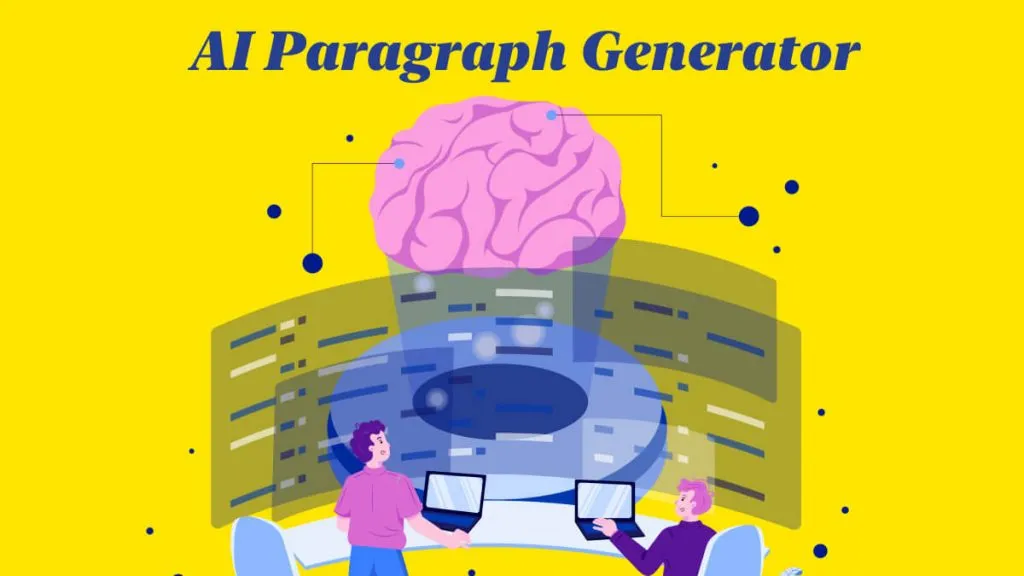
 Enya Moore
Enya Moore